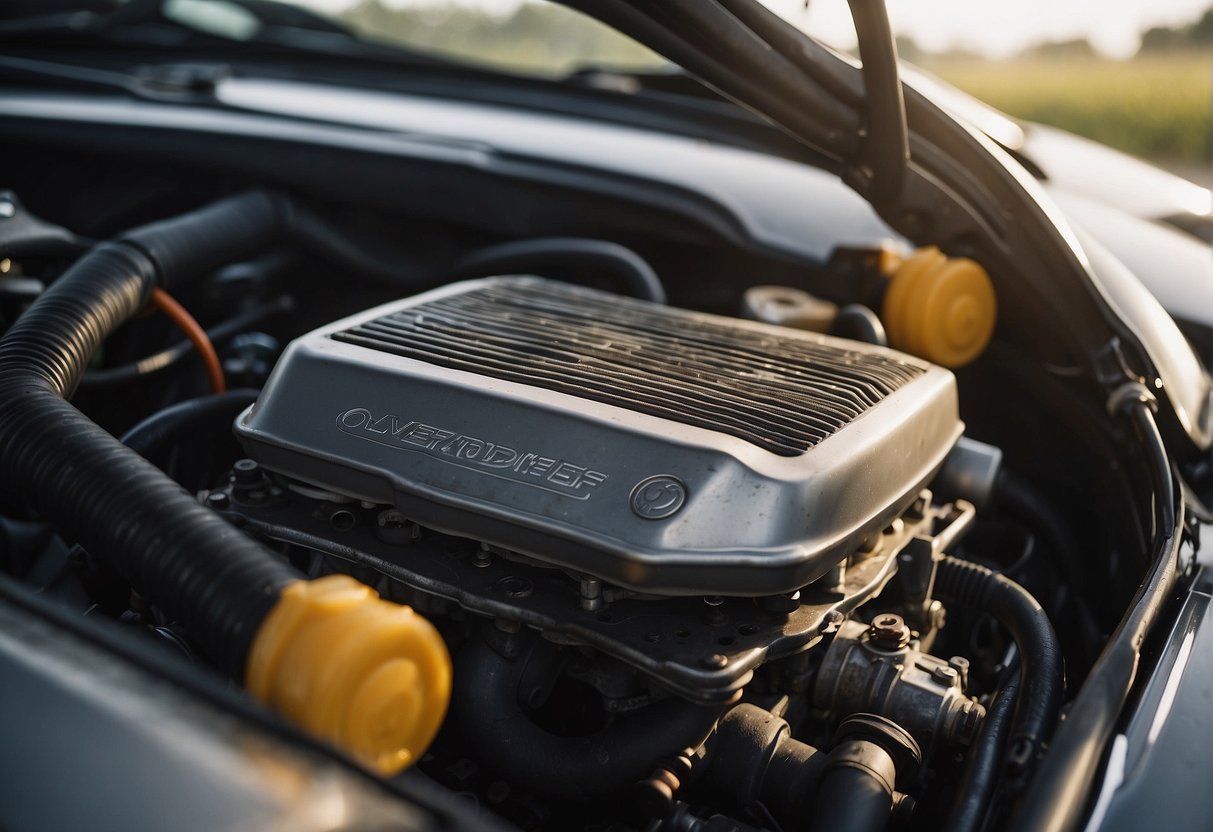When the temperature gauge in your car starts creeping into the red zone, it can invoke feelings of dread and uncertainty. Overheating can stem from numerous issues, and one component often overlooked in this equation is the heater core. While most drivers tend to associate overheating with the engine coolant system or a malfunctioning thermostat, the heater core can also play a significant role in your vehicle’s thermal dynamics. Understanding how this system operates and its potential impact on engine temperature can reveal critical insights for any car owner.
At its core, the heater core functions as a miniature radiator. This component is situated inside the cabin of your vehicle, allowing warm air to diffuse into the interior space through the dashboard vents. By circulating engine coolant through the heater core and then through the cabin, it not only keeps the inside warm but also plays a vital part in regulating overall engine temperature. If you’re experiencing overheating, could your heater core be the hidden culprit? Let’s delve into the intricacies of this essential component and its implications for your vehicle’s performance.
The Mechanism of the Heater Core
To grasp how the heater core can contribute to overheating, it’s crucial to comprehend how it integrates into the overall cooling system. The heater core receives hot coolant from the engine, which passes through its tubes and releases heat into the cabin air. This process allows the car’s heating system to function adequately. However, any obstruction or malfunction in the heater core can hinder proper heat exchange, potentially leading to overheating.
Signs Your Heater Core Might Be Failing
While many drivers may initially dismiss symptoms of heater core failure, staying vigilant can save time and money. Here are some signs that you might need to pay attention to:
- Coolant Leaks: One of the first indicators is a sweet-smelling liquid pooling on the floor of the passenger side. This often suggests a coolant leak in the heater core.
- Foggy Windows: If your vehicle’s windows start to fog up from the inside despite the defroster being off, it could be a sign that coolant is leaking into the cabin.
- Unpleasant Odors: A musty or sweet odor inside the car can also be an indicator of leaking coolant.
- Inconsistent Heating: If passengers notice fluctuating temperatures coming from the vents or no heat at all, the heater core could be blocked or damaged.
- Overheating: As previously mentioned, an inefficient heater core can disrupt the cooling system, leading to higher engine temperatures.
How a Malfunctioning Heater Core Causes Overheating
When the heater core begins to fail, it can create several obstacles for the vehicle’s cooling system. A blocked heater core restricts the flow of coolant, which can limit its ability to absorb heat from the engine. This imbalance can lead to hotspots within the engine, causing the temperature gauge to rise dangerously. Additionally, if the heater core is leaking, there is a loss of coolant that can lead to the engine running low on this essential fluid, further exacerbating heating issues.
Furthermore, a faulty heater core can create air pockets in the cooling system, preventing effective circulation of coolant. This can lead to overheating and, in more severe cases, engine failure.
Investigation and Diagnosis
Diagnosing problems related to the heater core often requires a thorough examination of the cooling system as a whole. It is essential not just to check the heater core itself, but also to evaluate other components such as hoses, the thermostat, and the radiator. A trained mechanic will begin with a visual inspection, looking for leaks or corrosion around the heater core and its connections.
Additionally, pressure tests can determine if the core is still functioning effectively. By pressurizing the cooling system, a mechanic can spot any leaks that may occur under normal operating conditions.
Preventive Measures
Prevention is always better than cure, especially when it comes to the intricate workings of an automotive cooling system. Regular maintenance can help stave off overheating issues related to the heater core. Here are some preventive strategies:
- Routine Coolant Flush: Regularly flushing your coolant system can help clear any debris that could block the heater core.
- Regular Inspections: During routine vehicle maintenance, ensure that the heating system is thoroughly checked alongside the cooling system.
- Monitor Temperature: Keeping an eye on the temperature gauge while driving can alert you to issues early.
Conclusion
Whether it’s a cold winter morning or a warm summer’s day, the heater core is a vital component in keeping your driving experience comfortable. However, its role doesn’t end there—it can also significantly impact your engine’s thermal management. By understanding the functions and possible challenges associated with the heater core, you can take proactive measures to ensure that your vehicle remains in optimal condition. Timely diagnostics and maintenance can help prevent overheating and maintain the longevity of your automobile. Stay informed, and don’t hesitate to consult a professional if you experience any signs of trouble.
